[responsivevoice_button voice=”US English Female” buttontext=”Listen to Post”]
salt cell care, pH control, & phosphate removal ?
More and more people are installing SWGs (saltwater generators) these days. Part of a service company or aquatic facility maintenance program on a salt pool is properly caring for the cell. Calcium build-up, or scale, is one of the most significant issues when operating a salt system. As the scale builds on the plates, it can begin to interfere with the production of chlorine production (electrolysis). Warmer temps and high PH exacerbate this issue. You should inspect a salt cell approximately every 3 months (or 500 hours) and cleaning a swimming pool salt cell should be done as needed.
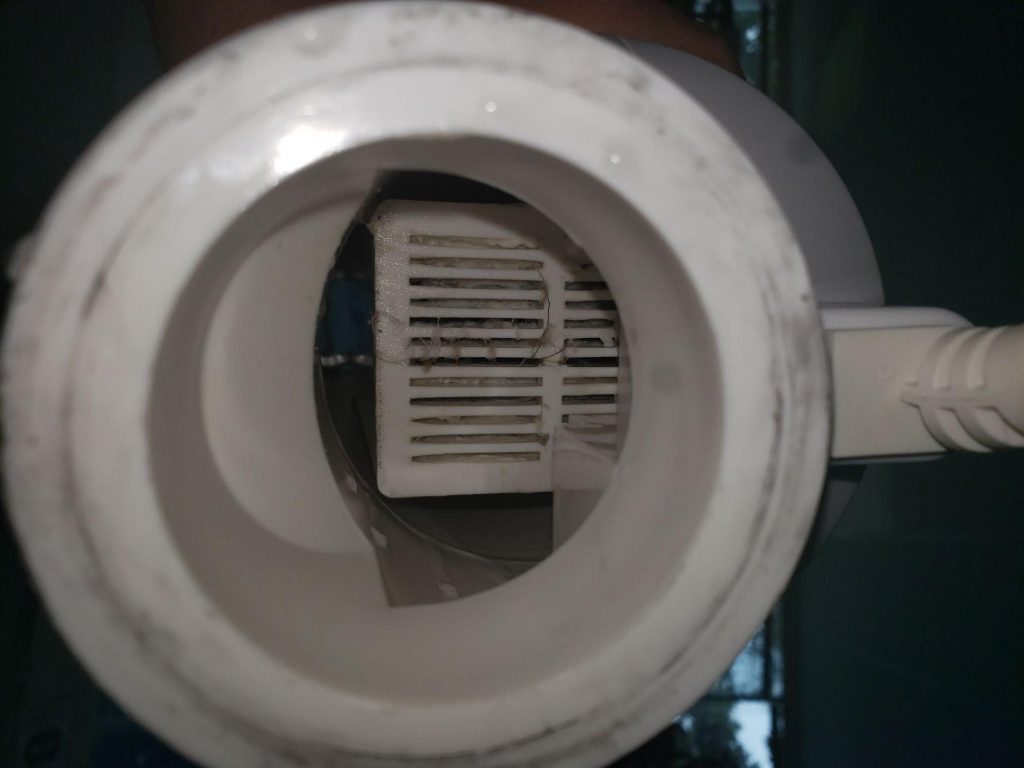
What You’ll Need
- 2- 5-gallon buckets
- Cell cleaning stand or cap
- Freshwater source
- Muriatic Acid
- Safety goggles and gloves
Make certain to choose the correct brand stand for your cell:
How To
- Turn off the pump and disconnect the cell.
- Rinse cell thoroughly with a hose or spigot to knock off any loose dirt and debris
- Use a cell cleaning stand or create a cap like I did.
- Fill one bucket with water (you’ll be using a 4:1 ratio). Always add acid to water. I used a gallon of water to a quart of acid to keep it simple.
- Stand cell on the cap side with the open side facing up in another bucket.
- Slowly pour in water/acid mixture, leaving about ¾ inch from the top to allow for bubbling.
- Wait 15 minutes
- Dump mixture back into the other bucket, rinse with water, and inspect the cell. If visible build-up still exists, switch cap to the other side and repeat.
- Once the cell is clean, rinse thoroughly with fresh water.
- Replace the salt cell and start system.


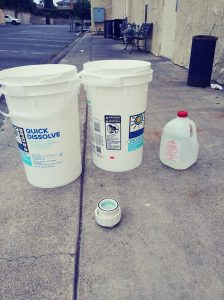
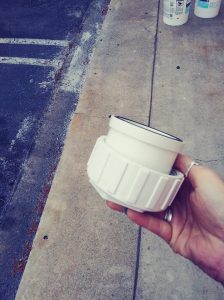

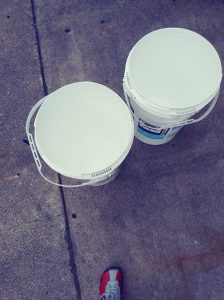
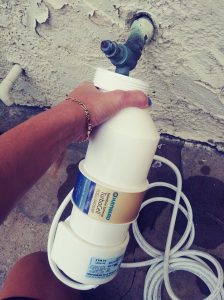
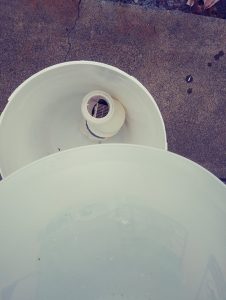
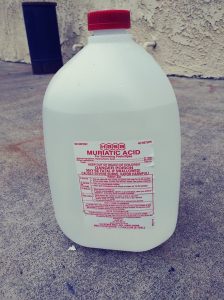
Automation
Wait, but isn’t a saltwater pool automated? Yes, the production of chlorine Cl2 from NaCl is automated, but in that process, the pH shoots way up high. Nope, it’s not the salt. Sodium chloride (NaCl) actually has a pH of 7.0. Yup, it’s neutral. We talk about that reaction that drives the pH upward in our article The Truth About Saltwater Pools ?
Why do we care?
A high pH can result in several different problems ranging from damage to the pool to possible recreational water illness. Water that has a high pH does not hold solids in the solution as easily, which will make the swimming pool prone to staining, scale build-up, and even cloudy water.
We have to also consider that the effectiveness of chlorine is pH-dependent. The higher the pH, the less active the chlorine actually is. At a pH of 7.2, the chlorine is 66% effective; when the pH is at 7.8, the chlorine is 33% effective; then at a pH of 8.5, the chlorine is only 9% effective. What level is the pH when you test it in your customer’s saltwater pool? Yikes!
It Just Makes Sense
Installing an automated acid feeder on your residential client’s pool is a colossal customer service and is as important as on a commercial venue. Without one, when a SWG is in place, the pH will be >8.0 every day except for the day that you are there to service the pool. That is unless the homeowner is going to test the water and make adjustments by adding acid daily. Who has the time for those shenanigans? The pool generates chlorine automatically, it just makes sense that we set it up to feed acid and balance the pH automatically as well.
Hayward AQL-CHEM4-ACID Sense and Dispense Swimming Pool Automation
We could additionally establish a borate level to buffer against a rising pH (see our article The Use of Borates in Swimming Pools). This would help to prevent the pH from rising so quickly and would have other benefits as well.
Remove The Phosphates
For your service customer, your facility pool, or aquatic center, a low phosphate level with a saltwater pool is more important than with any other means of chlorine delivery. Phosphates have an attraction to metals, and this is where the problem lay. The electrodes within the cell are made from metal. When the anode and cathode accumulate a layer of phosphates, the process of electrolysis, the method of producing chlorine, is slowed substantially. This will result in a low to 0 ppm chlorine level for your clientele or at your facility.
NOTE: some users of Natural Chemistry’s Phosfloc (above) have also experienced up to a 50% drop in cyanuric acid levels

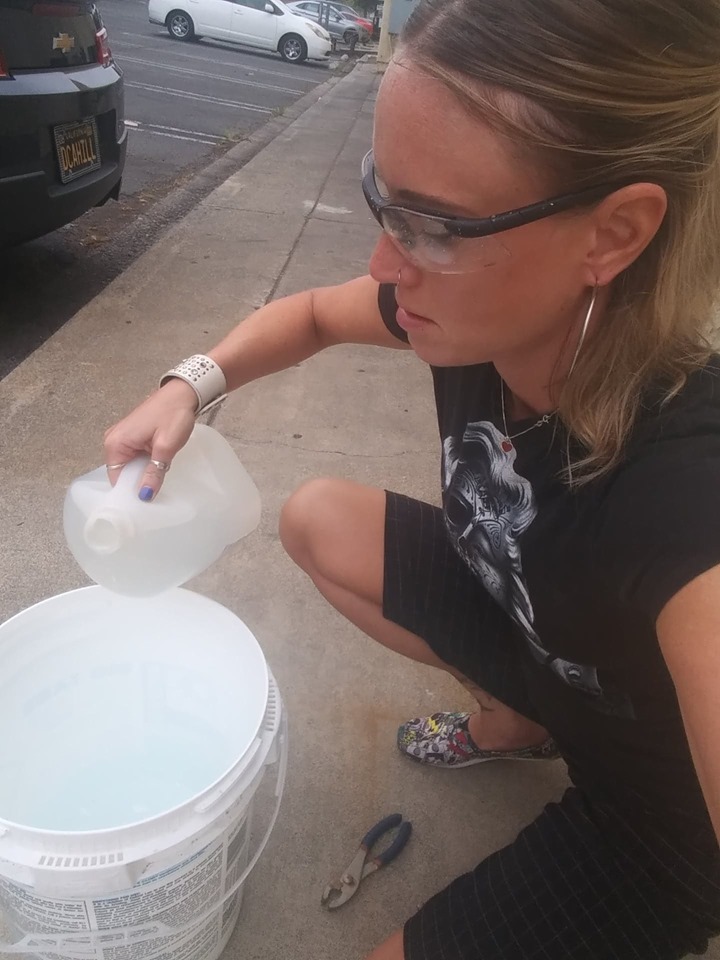


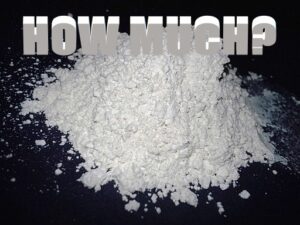

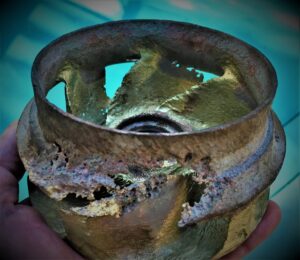

Jules,
Why would you recommend a consumer mix muratic with water when there are several premade Salt Cell Cleaners that the pool professional can sell/profit. My understanding the premade cell cleaner does have some protective components…
Plus the liability is shifted…
Just my 2% worth…
Just going off the manufacturer recommendation of 4:1 muriatic acid. But great question!